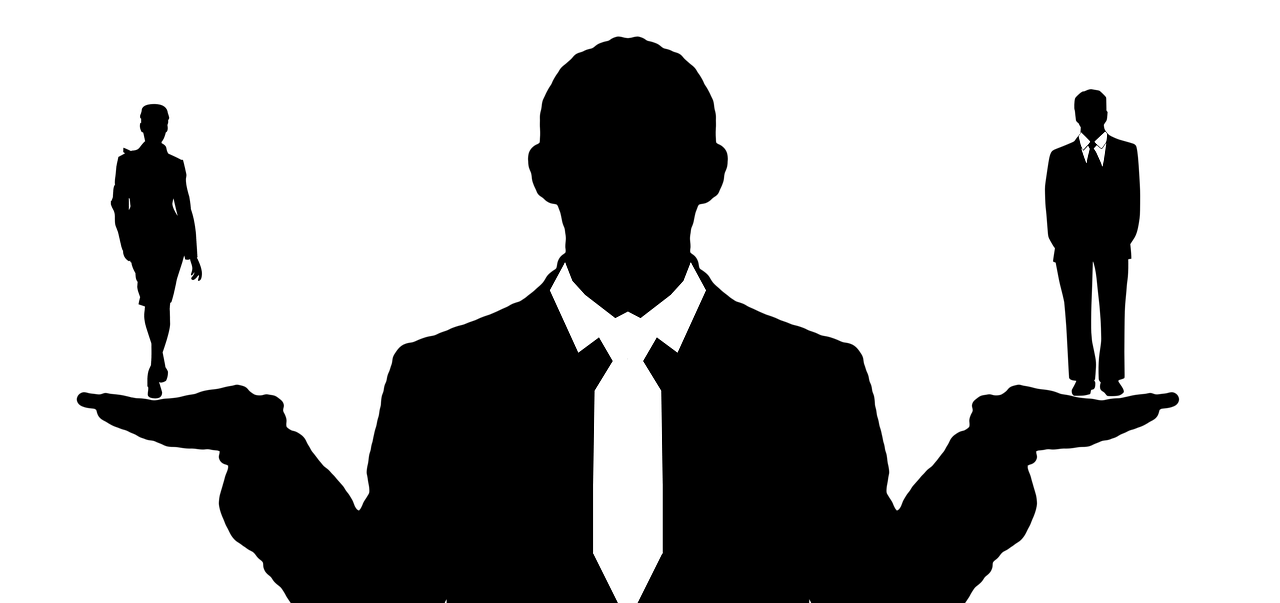
IMD Predicts `Near Normal’ South West Monsoon
- News
- 1.3K
The India Meteorological Department on Monday forecast that the coming southwest monsoon season is likely to be near normal, with a rainfall of 96 percent of the long period average with a model error of plus or minus five percent.
Releasing the forecast Dr. M.Rajeevan, Secretary, Ministry of Earth Sciences, said the country was expected to have a well-distributed rainfall scenario during the four-month season from June to September.
He noted that there was a weak El Nino condition and it was likely to prevail through the season, though the intensity could reduce from July onwards. “The sea surface anomaly over the equatorial Pacific Ocean region, which is responsible for El Nino, is at present between 0.5 degrees and one degree Celsius. This could have some impact at the beginning of the season. But, it would gradually reduce as the season progressed. The existence of the weak El Nino condition has been accounted for in the forecast,” he said.
IMD issues operational forecast for the southwest monsoon season in two stages. The second forecast will be issued in June when more information on various parameters that affect the monsoon will be available.
The forecasts are prepared using a statistical ensemble forecasting system and a dynamically coupled ocean-atmosphere global climate forecasting system developed under the Monsoon Mission of the ministry.
Five predictors are used in the statistical system for the first stage forecast are – sea surface temperature gradient between north Atlantic and north Pacific for the period from December to January; equatorial south Indian Ocean sea surface temperature in February; east Asia mean sea level pressure during February-March; northwest Europe land surface air temperature during January; and equatorial Pacific warm water volume during February-March. The dynamic model, in turn, used global atmospheric and oceanic initial conditions up to March for the first stage forecast.
While the statistical model had predicted rainfall of 96 percent of the long period average plus or minus five percent for model error, the dynamic model had predicted a little lower rainfall of 94 percent of the long period average, plus or minus five cents for model error. “Our final prediction is based on the findings of the models plus our own experience and knowledge acquired over the years,” said Dr. K.J.Ramesh, Director General, IMD.
Dr. Rajeevan said that IMD would keep a constant vigil over the ENSO condition so that corrective measures could be taken if required. In addition, scientists would keep an eye on another aspect known as Indian Ocean Dipole which has an influence on Indian monsoon. “At present, neutral IOD conditions are prevailing and there are indications that it could become positive in due course and thus help the monsoon over India. We will keep a watch”, he added.
He noted that IMD would come out with the region and month-wise forecasts while updating the season and country-wide forecast in the second stage forecast scheduled for June. Asked about the monsoon onset, he said forecast on onset would be available in the middle of next month. (India Science Wire)
If you liked this article, then please subscribe to our YouTube Channel for the latest Science & Tech news. You can also find us on Twitter & Facebook.


